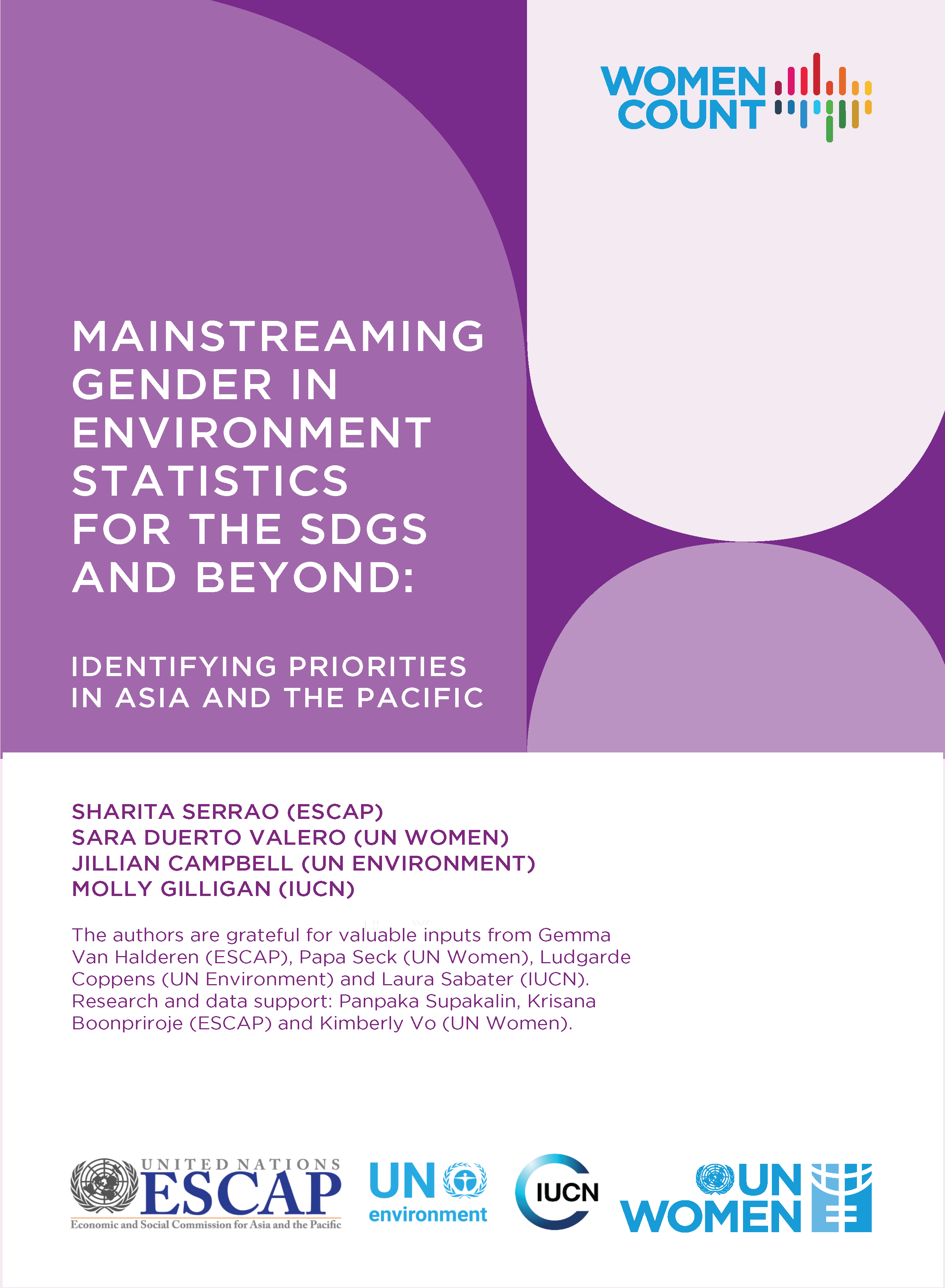
Just as women and men have unequal access to rights, resources and opportunities, they relate to and interact with the natural environment in different ways, face differing vulnerabilities and impacts, and have unique adaptive capacity related to climate change, disasters and use of natural resources. The nexus between gender and environment has been of interest for decades, with the 2030 Agenda for Sustainable Development providing renewed impetus to the discussion. The Agenda calls for a better and sustainable future for all, making it implicit development cannot progress without addressing inequality, discrimination and exclusion affecting women and men in all spheres, including in relation to the environment. However, the links between gender and environment are not well understood and gaps in data availability impede progress assessment. Regional level follow-up and review form an integral part of the overall accountability framework for the 2030 Agenda. This paper provides an overview of recent initiatives to measure the gender-environment nexus, identifies priorities and takes stock of related data and capacity gaps in the Asia-Pacific region. The paper puts forward a proposal for a Gender-Environment Indicator Set in Asia and the Pacific, which includes indicators from the global Sustainable Development Goals framework and beyond, capturing issues of particular relevance for the gender-environment nexus in the region.
Key words: gender-environment nexus, indicators, data availability
Bibliographic information
Publication year: 2019
Number of pages: 36
Publishing entities: UN Women, UN ESCAP, UNEP and IUCN
